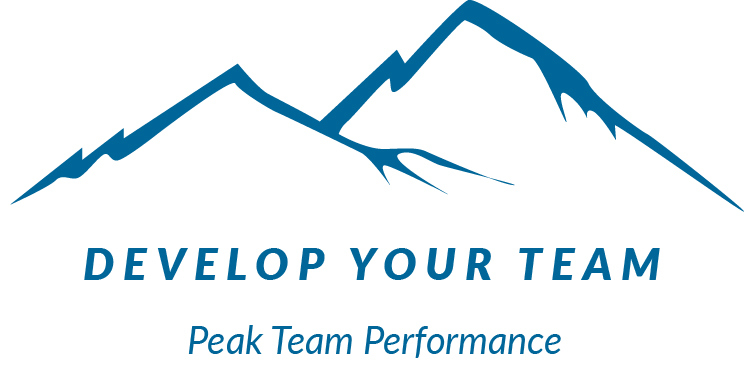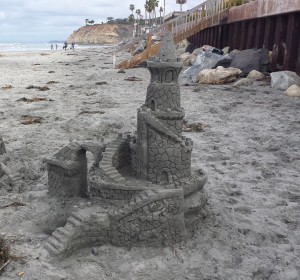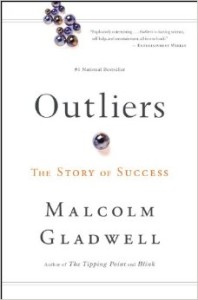We’ve all had the experience of being the “new kid” at one time or another. Whether it was the first day in a new school, moving to a new neighborhood, joining a new sport team, starting a new job, or countless other things – it can be intimidating. As humans, we have an instinctive need to belong, and the chance that we might not fit in to a new situation can be a little frightening.
When a group forms, everyone takes part in the process of “fitting in.” This happens whether it is a newly formed group, or just one or two members have changed. The group dynamic is altered, and so is the performance level of the group, even if only temporarily.
When a new member joins your team, do you have a process to welcome the new member and make him or her part of the team? What do you do to ensure that both new and existing team members belong? Does your group rely on the mere passage of time to bring the group together into a cohesive unit, or are you more purposeful about it?
We tend to teach the way we were taught, and lead the way we’ve been led, whether consciously or not. If we don’t think about it, it’s easy to fall into the “that’s the way we’ve always done it” trap without even realizing it. Recently, when I asked a group about what they do to make new members feel part of their team, I was greeted with puzzlement. Being intentional about building cohesion was just not something they’d experienced before and the idea was foreign.
So how can you be more purposeful in developing your team, creating a sense of belonging where every member fits in? Here are a few ideas. Consider how you might apply them – whether your team sees each other in an office every day, or members work remotely:
- be clear about the purpose and goals of your team
- talk about group norms and expectations
- create opportunities for interaction among team members
- show each member that you value him or her as an individual and as an important part of the team
- make the environment psychologically safe so that team members are comfortable sharing ideas and voicing concerns
- remember to make this an ongoing process, not a one-time effort
What would you add? What have your experiences been? Have you experienced, as I have, a well-planned first-day welcome, followed by … nothing? I’d love to hear your stories!







